Ever find yourself midway through a recipe and go, “How many ounces is 1, 2, or 3 cups?” Not alone! Knowing your ingredient conversions helps one cook with confidence and accurately. Let me break it down!
This post will explain the relationship between cups and ounces. Cooking and baking very often require accurate measurement. Understanding how to convert between cups and ounces plays a great role in getting the best results in your dishes.
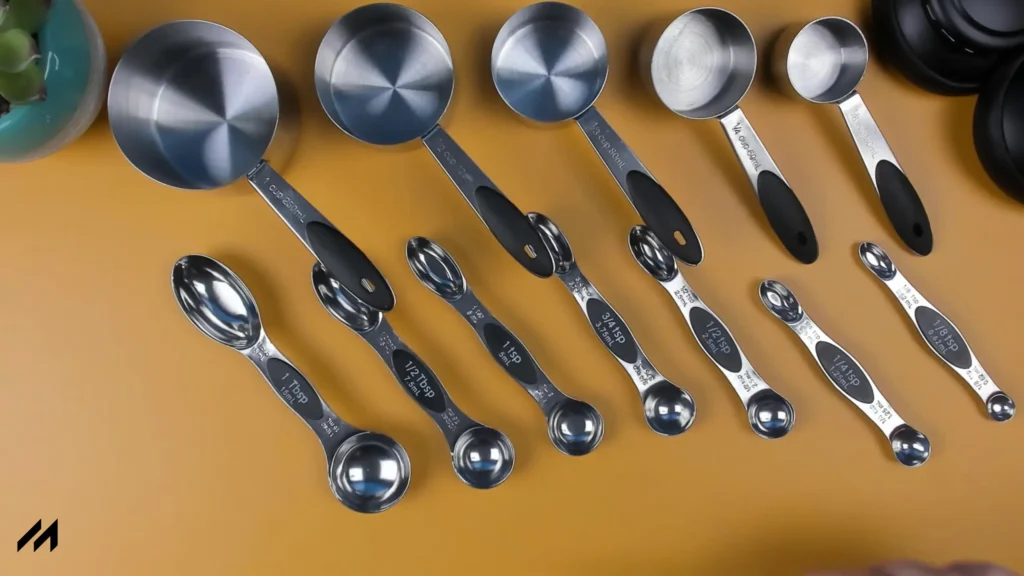
Understanding Cups and Ounces
Knowing your cups and ounces is integral to making accurate measurements in both cooking and baking. Here’s a breakdown:
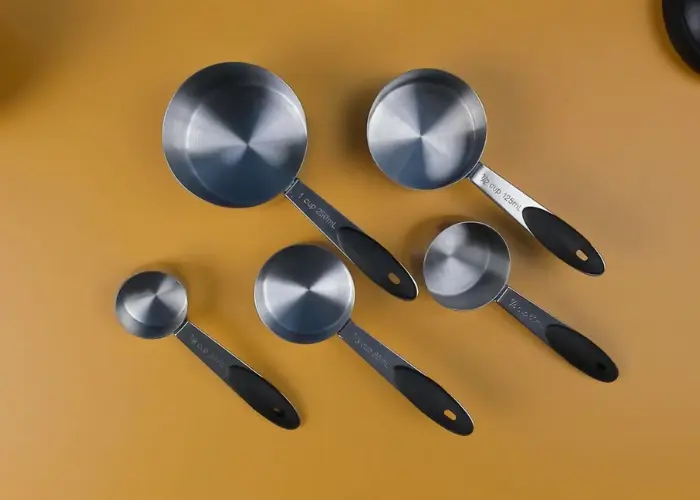
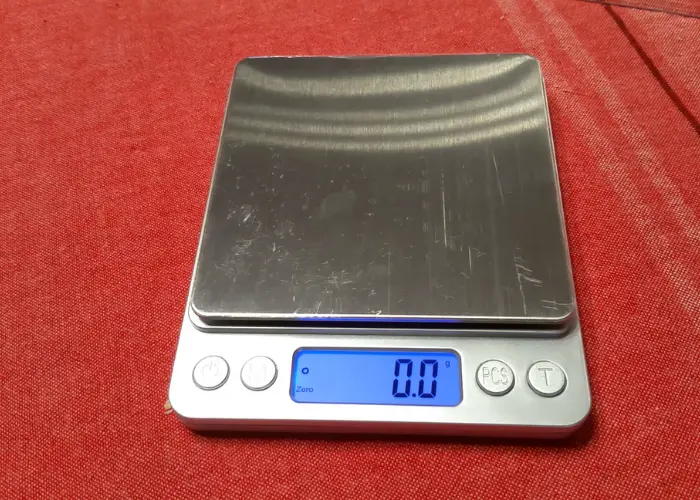
What is a Cup?
A cup is a standard unit of volume in cookery and baking, equal to 8 fluid ounces for liquids. It is used for both liquid and dry ingredients. While it is quite easy to measure liquids like water or milk, for dry ingredients, such as flour or sugar, the weight could be different, depending on its density. The cup is a very important utensil in recipes, mainly in baking, where the accuracy of measurement is vital.
What is an Ounce?
The term ounce can mean either fluid ounce or an ounce by weight. A fluid ounce is the measure of volume and thus is used for liquids; 1 fluid ounce is equal to 1/8 cup or 2 tablespoons. An ounce by weight means for dry ingredients and it weighs differently depending on its density. Fluid ounce works with liquids, such as water or milk, while weight ounces are ideal for dry ingredients, such as flour or sugar.
Converting 1, 2, and 3 Cups to Ounces
How Many Ounces in 1 Cup?
Well, for cooking and baking purposes, 1 cup is conventionally converted to 8 fluid ounces when measuring liquids. It includes virtually all kinds of liquids that one would use in the kitchen: water, milk, broth, or just about any other fluid ingredient.
| Ingredient | 1 Cup = | Fluid Ounces (oz) |
| Water | 1 cup | 8 fluid ounces |
| Milk | 1 cup | 8 fluid ounces |
| Juice (e.g., orange, apple) | 1 cup | 8 fluid ounces |
| Oil (e.g., vegetable, olive) | 1 cup | 8 fluid ounces |
| Broth (chicken, vegetable) | 1 cup | 8 fluid ounces |
How Many Ounces in 2 Cups?
For larger amounts, in the case of measuring liquids in a recipe: 2 cups are equal to 16 fluid ounces. You use this during larger quantities.
| Ingredient | 2 Cups = | Fluid Ounces (oz) |
| Water | 2 cups | 16 fluid ounces |
| Milk | 2 cups | 16 fluid ounces |
| Juice (e.g., orange, apple) | 2 cups | 16 fluid ounces |
| Oil (e.g., vegetable, olive) | 2 cups | 16 fluid ounces |
| Broth (chicken, vegetable) | 2 cups | 16 fluid ounces |
How Many Ounces in 3 Cups?
3 cups of liquid measures 24 fluid ounces. This is useful for recipes requiring larger quantities or if the recipe needs to be scaled up.
| Ingredient | 3 Cups = | Fluid Ounces (oz) |
| Water | 3 cups | 24 fluid ounces |
| Milk | 3 cups | 24 fluid ounces |
| Juice (e.g., orange, apple) | 3 cups | 24 fluid ounces |
| Oil (e.g., vegetable, olive) | 3 cups | 24 fluid ounces |
| Broth (chicken, vegetable) | 3 cups | 24 fluid ounces |
The Variance in Dry Ingredients
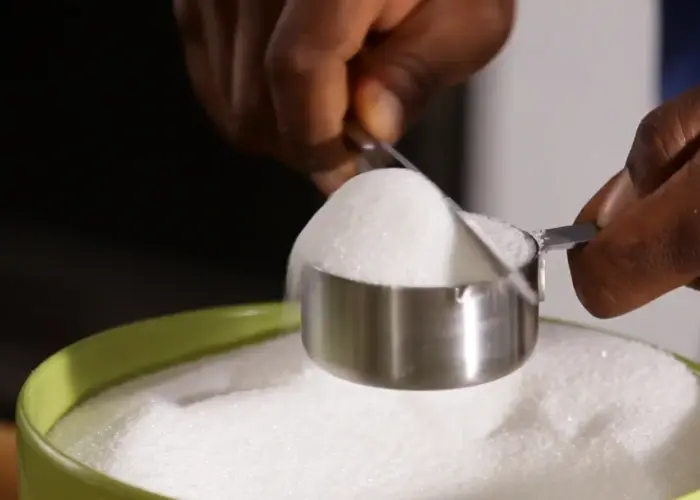
Are 1 Cup of Flour and 1 Cup of Water the Same in Ounces?
Whereas 1 cup of water equates to 8 fluid ounces, 1 cup of flour weighs about 4.5 ounces. This will be the most important difference when it comes to talking about ingredient properties in cooking or baking. Generally, dry ingredients measured by weight rather than volume are the best measurements one can have, especially for baking, where all the extra accuracy counts.
How to Convert Cups to Ounces for Dry Ingredients
As can be seen from these examples, to convert the measure of flour, sugar, and oats from a cup to ounce measure can be rather tricky, given the nature of weight versus their density and packing. Unlike liquid ingredients, that all weigh equally, dry ingredients may weigh differently:.
| Ingredient | 1 Cup = | Ounces (oz) |
| All-Purpose Flour | 1 cup | 4.5 ounces |
| Granulated Sugar | 1 cup | 7 ounces |
| Brown Sugar (packed) | 1 cup | 8 ounces |
| Powdered Sugar | 1 cup | 4 ounces |
| Rolled Oats | 1 cup | 3 ounces |
| Butter | 1 cup | 8 ounces |
Takeaway:
To convert cups into how many ounces for dry ingredients, the exact weight is required, given that not all dry ingredients weigh the same since their densities vary. To make things a lot easier, if not precise, a kitchen scale is just about the best there is to this day: with it, ingredients are weighed accurately, yielding perfect consistency in both cooking and baking.
Understanding Density and Its Role in Conversion
One of the factors that influence the weight of ingredients in one cup is density. The ingredients differ in their respective densities; therefore, 1 cup weighs differently. For example, a cup of brown sugar is heavier than a cup of granulated sugar. A cup of flour weighs less compared to a cup of powdered sugar.
This is because packing or sifting changes the weight of ingredients. It makes packed ingredients, such as brown sugar, denser, and lightens sifted ingredients, such as flour. If a recipe requires an ingredient to be packed or sifted, it will specifically so state. A kitchen scale provides an accurate and reliable means of measuring dry ingredients for precise cooking and baking.
Common Conversion Questions
Is 1 Cup the Same as 8 Ounces for All Ingredients?
Liquid ingredients are those that are measured by volume, and they include water and milk. The rule is that 1 cup is equal to 8 ounces. This conversion does not hold for dry ingredients such as flour, sugar, and butter, because they have different densities.
One cup of flour weighs about 4.5 ounces, while one cup of sugar weighs about 7 ounces. Always check the conversions concerning the ingredient being used in order to avoid mistakes. Using a kitchen scale will be helpful to reach exact measures so that your recipe turns out perfectly.
How Do You Convert Dry Ingredients to Ounces?
It becomes even more crucial when converting dry ingredients into ounces because different ingredients have different densities. In dry ingredients, say, flour, sugar, or even cocoa powder, one realizes that to get a correct measure of volume-that is, in cups-is very incorrect as that would depend upon how the ingredient was packed. Weight measurements will always be done accurately.
Can I Use a Standard Cup to Measure Ounces?
The standard cup measures volume and not weight; hence, it does a good job for liquids-1 cup is equal to 8 fluid ounces-but for dry ingredients, due to their nature of densities, it isn’t as reliable. Using a standard cup to measure dry ingredients will give incorrect measurements and thus affect your results in the recipe. This is because a kitchen scale measures weight directly and accounts for ingredient density, hence more accurate and dependable for more accurate measures needed in baking.
Tips for Accurate Measuring
Using a Kitchen Scale vs. Measuring Cups
Both kitchen scales and measuring cups have a number of advantages and disadvantages. Kitchen scales are accurate, consistent for dry ingredients, ideal for baking with complete accuracy. This method, however, takes time to learn and requires additional equipment. Measuring cups are quick and easy, more so with liquids, and inaccuracies may arise if dry ingredients come in because of variations in packing.
For accuracy, a scale is best for dry ingredients, while a measuring cup is better for liquids. When a recipe requires both, be sure to use each tool with the corresponding ingredient to achieve perfect precision and consistency.
Measuring Liquids vs. Dry Ingredients
Liquid and dry ingredients are measured differently, with different tools involved, along with natures of ingredients. Liquids are better measured in liquid measuring cups, giving consistent volume without packing. On the other side, dry ingredients require dry measuring cups, with their texture determining accuracy-fluffy ingredients can very well be overpacked, though dense ingredients would require packing as tight as one could. Grasping such a difference paves the way to better measures for a great result.

Hello, I am Yeasin Sorker, a blog writer and a kitchen appliance expert. I’m a kitchen industry veteran and provide insight, installation advice, and unbiased reviews. I love helping consumers know what to expect from appliances, their benefits and their drawbacks, and have the best experience with them. My information is based on the data.
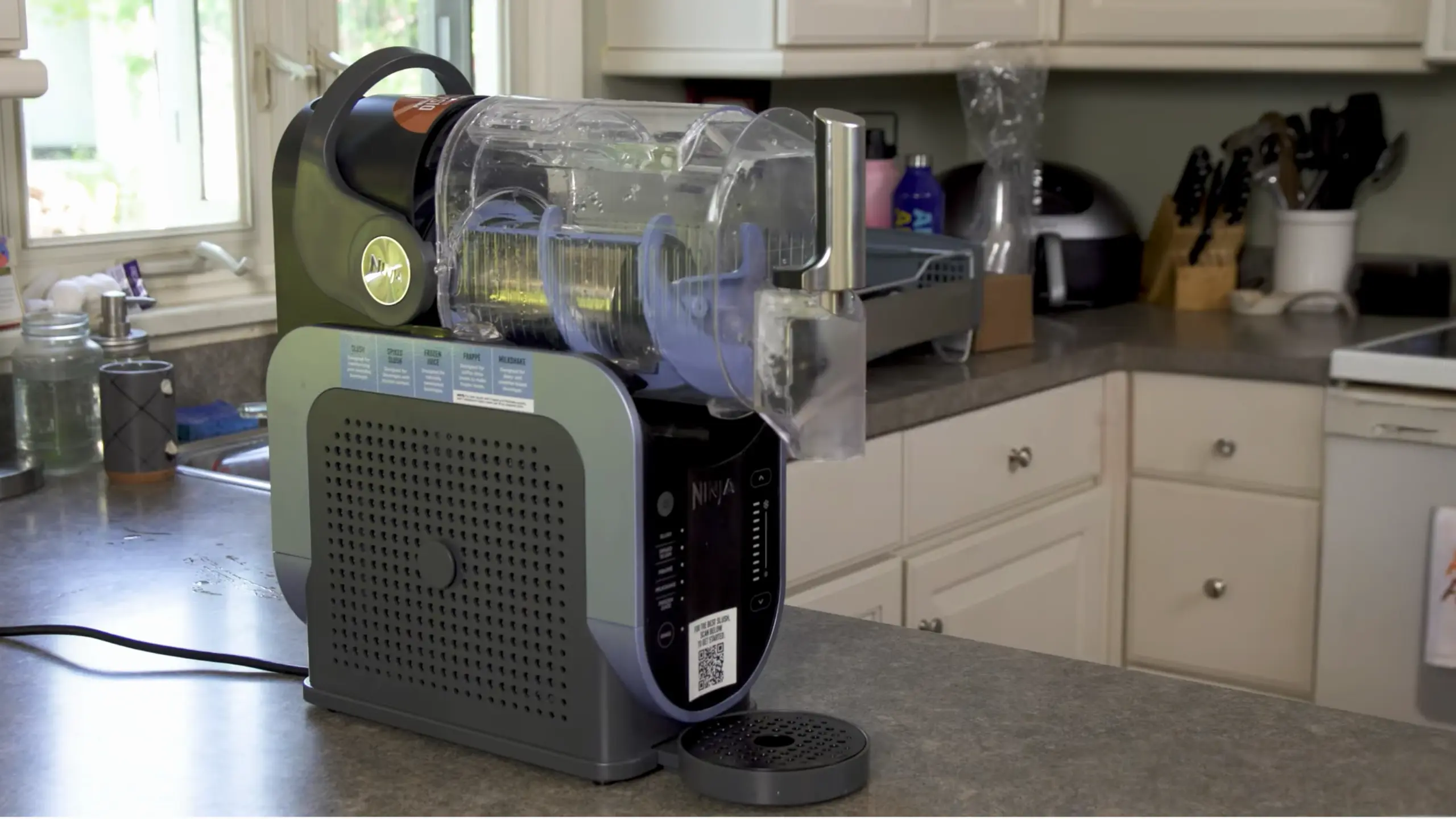
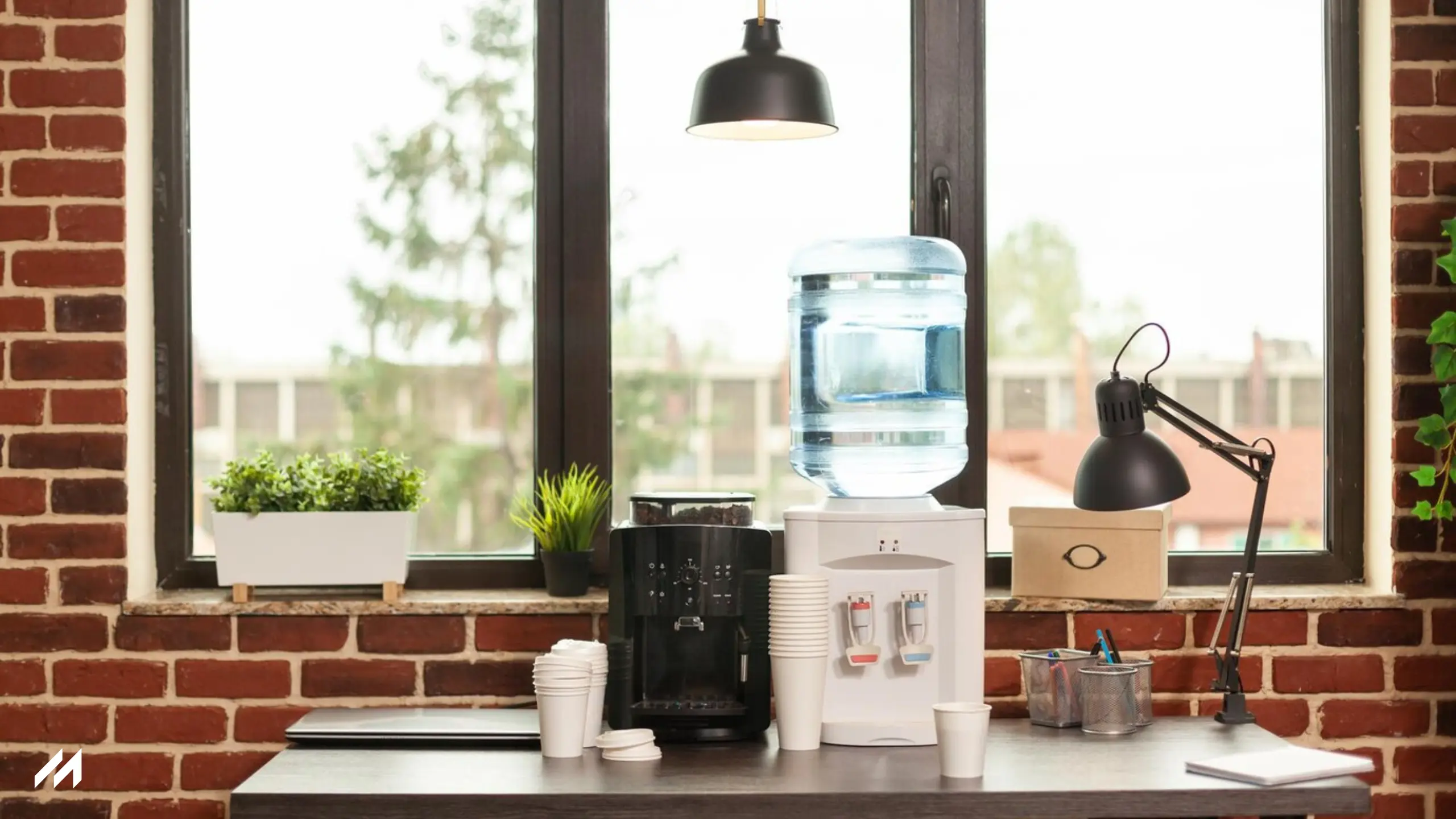
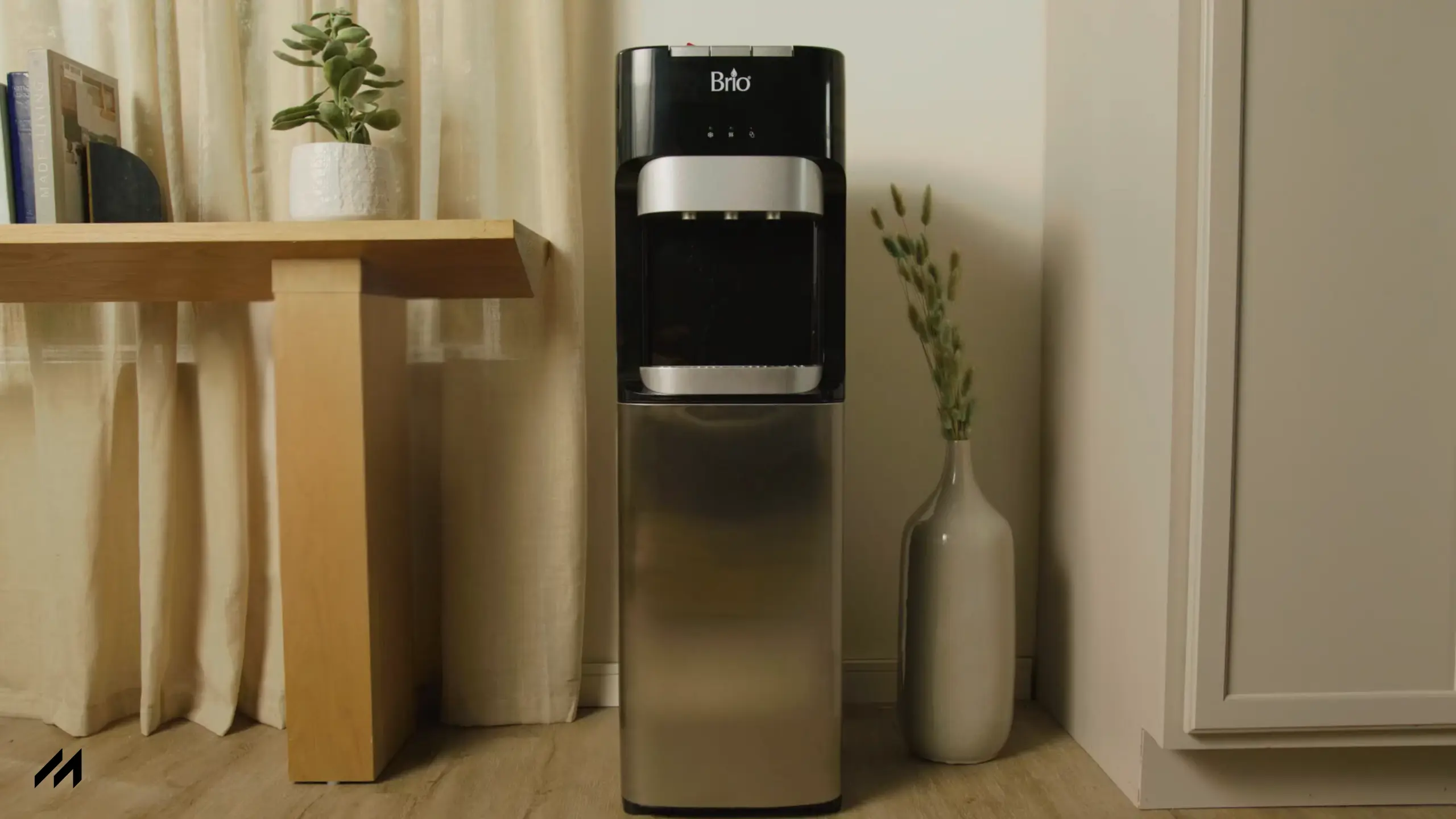
Leave a Reply